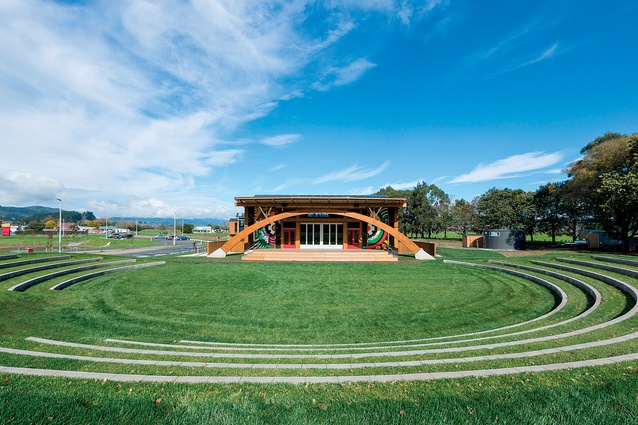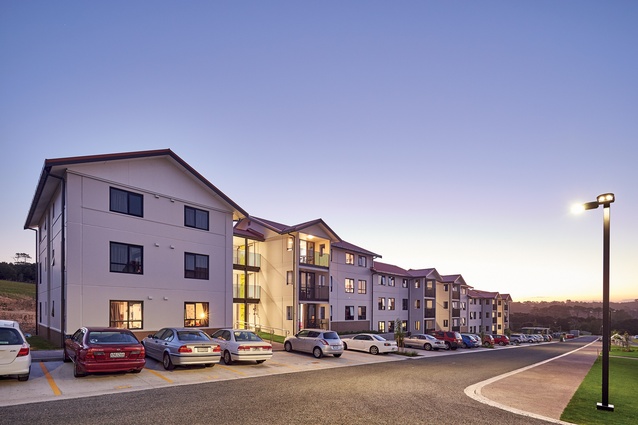On target
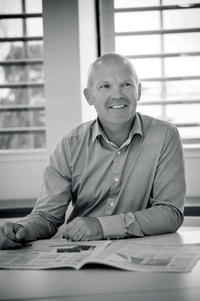
Mark Hopwood’s interest in business was piqued while still a youngster in Cambridge, where his father ran a sales and import company. Realising his passion for business and building things, he went on to run his own manufacturing business, making rubber matting out of recycled car tyres. He also completed a civil engineering degree at the University of Auckland and an MBA at the University of Otago.
There followed roles for various construction and professional engineering companies, including Transfield Services where he headed their civil infrastructure business. He then joined the executive team at Downer EDI NZ, before landing his first chief executive role with an Australasian stainless-steel manufacturing business.
Two years later, at the end of 2012, he was asked to lead Arrow International’s New Zealand operations. Then, in October 2014, the Arrow board added to Mark’s responsibilities, promoting him to the board in the role of chief executive officer for New Zealand, Australia and the Pacific.
Progressive Building: How has the appointment as CEO changed your focus?
Mark Hopwood: I’ve been here for almost four years – in the early days it was about coming to grips with Arrow, and the type of organisation we are, what our strengths are, where the market was heading and what opportunities this created for us and knowing where we could add the most value. That move to being CEO of the group was a big shift in focus towards our strategy – looking to have a very streamlined and targeted business.
In 2015 we went through a brand refresh which introduced a fresher, prouder and stronger direction for Arrow. This was centred on ‘build for success’ as a campaign with a focus on our key strengths of finding a better way through fresh thinking, great people working in powerful partnerships and adding value from concept to completion.
PB: How would you describe the Australian business?
MH: We have been in Australia for over 15 years now with a strong Melbourne focus. It’s still, to a degree, a developing business in terms of our goals for the future. The Melbourne market is buoyant with several excellent opportunities. We have a number of residential projects underway and the Department of Housing has been a long term client. We have a strong focus on sharing innovation between our Australian and New Zealand teams.
We have around 450 people across New Zealand and Australia at the moment – so we’ve grown substantially over the past few years. That gives us a critical mass; yet, at the same time, we’re not focused on growth for growth’s sake or trying to be the biggest. We’re a company focused very much on excellence and, if I can come back to our key message – ‘build for success’ – that includes performance and delivering on our promises.
PB: So how does this Arrow differ to the Arrow of, say, a decade ago?
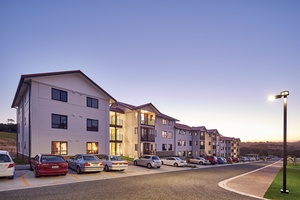
MH: Arrow, historically, has had a reputation of being more of a consulting or project management company. Where we believe we add value however, has always been through the full end-to-end delivery. We love nothing better than getting involved right at the beginning of the concept stage and staying all the way through to the end. The change, albeit subtle, I guess, is that traditionally Arrow would have done less of the ‘at risk’ physical delivery, whereas what we’re now promoting is an Arrow that has much more of a desire to take on that full responsibility. Where this is leading us is to a position of being perceived as a very intelligent building/construction organisation rather than one that was seen at the consulting end.
PB: How is Arrow different to the other players in the industry?
MH: Our focus is being an intelligent builder, coupled with a strong emphasis on partnerships. This is something we believe is different to most organisations. Every organisation has its strengths but the culture at Arrow is very unique to the other companies I have worked for in the past. There is a real focus on building trusting relationships – its non-hierarchical, we have fun and everyone is a valued member of the team. You could say we are a family!
PB: How do your clients benefit from this approach?
MH: When the best minds from all organisations are contributing, you ensure a philosophy and a value set that puts the smartest ideas on the table. This means all of those individuals are able to share their ideas, innovations and fresh thinking openly and that’s when you can come up with some remarkable outcomes.
PB: What are some recent projects have you delivered under this end-to-end strategy?
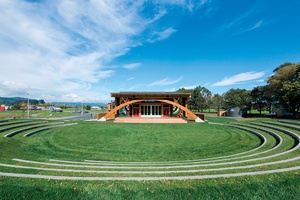
MH: Foremost would have to be Tu Uru Taumatua for Tūhoe. There’s also been the upgraded facilities at The Remarkables ski field and a partnership with Jucy to build the proposed 300-bed Jucy pod hotel at Christchurch airport.
PB: Is the market in New Zealand robust enough for all the players who are here?
MH: There’s a huge amount of work out there and it’s enabling organisations to be far more focused than they have been in the past. The reality is that there would be hundreds of companies in New Zealand of a reasonable size. The players that are here – the large, the medium and the small – certainly have the capability to deliver what’s needed. The market is very busy, but still very competitive.
PB: What are the positives for the future of the industry?
MH: All of the forecasts at the moment point to the industry as being very robust. Much of that is down to Christchurch with the rebuild but then Auckland has been very, very strong too. As an organisation, what we see is a tremendous opportunity to create more value across the entire industry through elements such as improved technology and off-site manufacturing. No individual stakeholder, though, can bring about that change; it takes owners, architects, engineers, builders and manufacturers to work in harmony to ensure productivity gains.
PB: Is there a downside to this boom?
MH: Commentators have pointed to the ‘overheated market’ and ‘stress on the supply chain’ and these are the inevitable side effects. As I said, there’s a lot of work out there and it’s hard to see that tapering off in the short term. What we need, as a business, is the opportunity to get some forward visibility so we can better prepare. The more a client can be organised and planned, the better we’re able to do our job – which results in better value for all.


